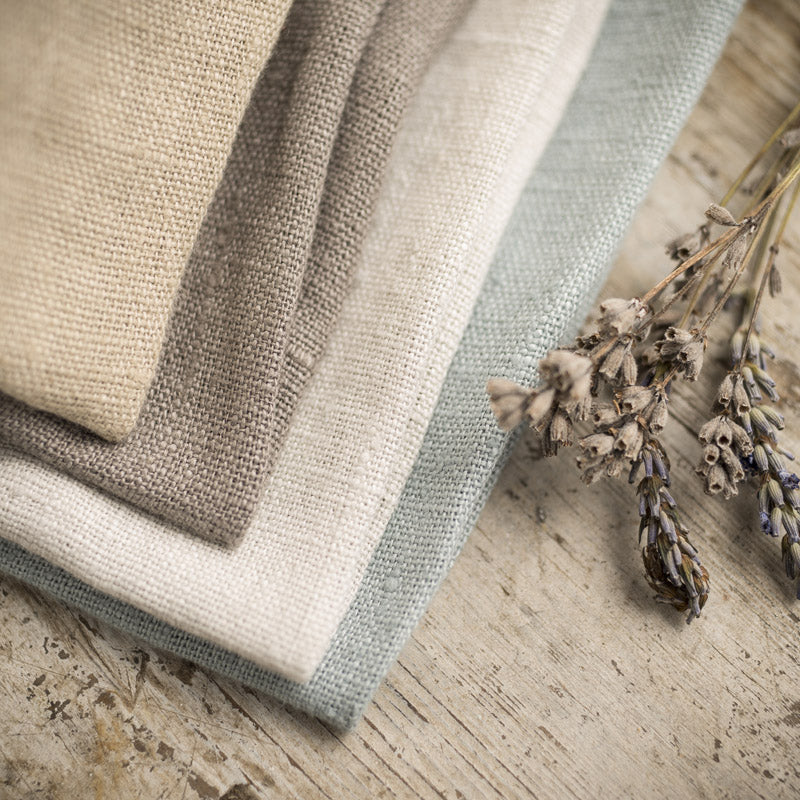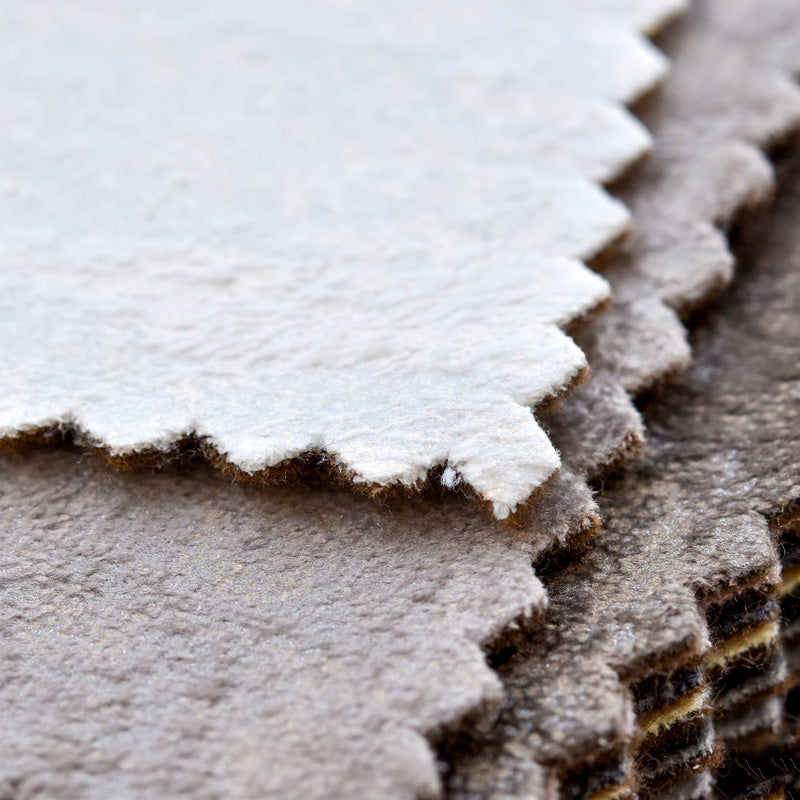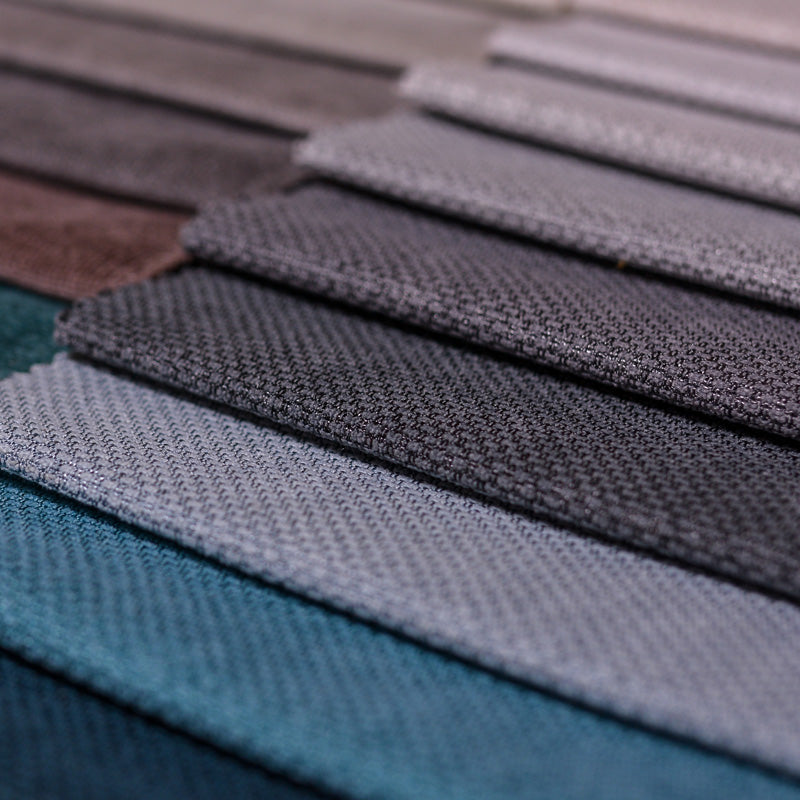How to Choose Decorating Fabric for Upholstery That You Must Know

When it comes to transforming your living space, the fabric you choose can make all the difference. Home decorating fabrics, also known as upholstery fabrics, play a crucial role in setting the tone and style of your home.
The fabric can dramatically your furniture to life, curtains, pillows, and other decorative elements. Therefore, understanding how to choose the right decorating fabrics for upholstery is essential to achieve your desired look.

What Are Decorating Fabrics Made of?
Decorating fabric can be made from a variety of materials, each with its own unique characteristics. When evaluating upholstery fabrics, you'll encounter different fiber contents that impact the properties and performance.
From natural to synthetic, and blends of both, understanding what each material is made of can help you make an informed decision. There are a variety of fabrics available in the market, each with its unique characteristics, benefits, and drawbacks. Let's explore some of the top fabrics used in home decor.
Natural Fabrics
In the realm of decorating fabrics, natural materials exude a timeless charm and offer a range of textures and finishes. Natural fabrics such as paper, cotton, linen, silk, leather, and suede are popular choices for upholstery due to their organic and comfortable feel. They tend to be breathable and soft, creating an unparalleled depth in home decor and providing an inviting environment. However, they may not be as durable as some synthetic materials and may require extra care and maintenance.
|
|
|
Synthetic Fabrics
On the other end of the spectrum, synthetic fabrics like polyester, rayon, acrylic, and nylon bring modern versatility to the world of upholstery. They originate from man-made materials and are known for their durability and resistance to wear and tear. Synthetic fabrics are generally easier to clean and maintain than natural fabrics, making them an ideal option for furniture that sees heavy usage or is in a home with children or pets.
|
|
|
Blended Fabrics
Blended fabrics, like chenille, velvet, and velour combine the best characteristics of natural and synthetic elements. These fabrics strike a harmonious balance among comfort, durability, and ease of maintenance, making them a versatile choice for many decor projects.
|
|
|
Things To Consider When Choosing Fabric for Decor Project
When undertaking an upholstery project, one of the most exciting parts is selecting the fabric. With endless options for colors, patterns, and textures, the fabric you choose can create diverse atmosphere and customize the look you'll love.
Explore crucial factors to consider when making your choice by reading through the following guide!
Type, Style, and Color
When selecting upholstery fabric, consider the type and the style of fabric that aligns with your design vision. Are you drawn to the natural elegance of paper fabrics? Or does the modern versatility of polyester suit your style better? The chosen fabric should seamlessly integrate with your existing decor, creating a cohesive and visually pleasing space.
Color also plays a pivotal role. The color of the fabric can greatly influence the overall look and feel of your furniture. Choose shades that complement your home's palette and the furniture you're upholstering, setting the tone for a harmonious and welcoming atmosphere.

Texture and Patterns
The texture of the fabric can add depth and character to your upholstery while the patterns serve as striking focal points or subtle accents if wisely applied. Textures like nubby linen provide visual and tactile interest on neutral upholstery. Paper fabric's natural texture intrinsically embodies the pure, simple aesthetic of Wabi-Sabi design. Large graphic prints work best on pillows and sofas. Evaluating texture and pattern scale based on the size of furniture, the upholstery fabric selection can be coordinated to your home decor and enhances their function.

Durability and Fabric Weight
Practical considerations are vital when selecting upholstery fabric. Heavier or sturdier fabrics are perfect for the high-traffic areas, while delicate fabrics may be suitable for less frequently used pieces like decorative home accents. Fabric weight influences the appearance of the furniture, affecting the overall visual impact. Only by understanding the factors can ensure that your chosen fabric not only looks good but also stands the test of time.
Choosing the right decorating fabrics for upholstery can be a complex task. Your choice sets the stage for a home that reflects your style and sophistication. With the right knowledge and consideration, you can find the perfect material for your project. Remember, the best fabric for you is one that fits your style, meets your upholstery needs, and falls within your budget.
You may also like...
Easier Ways to Change the Look of Your Home with Decorating Fabric
Cleaning Tips for Paper Decor Fabric
Interested in our design concept? Following us on Instagram, Facebook, Twitter, and Pinterest!







